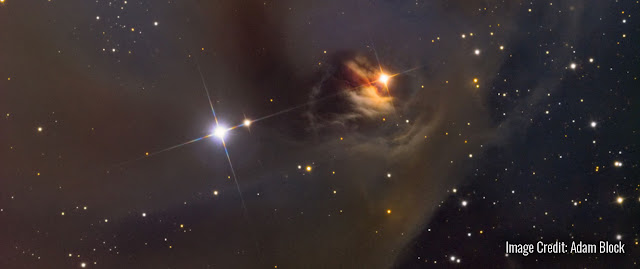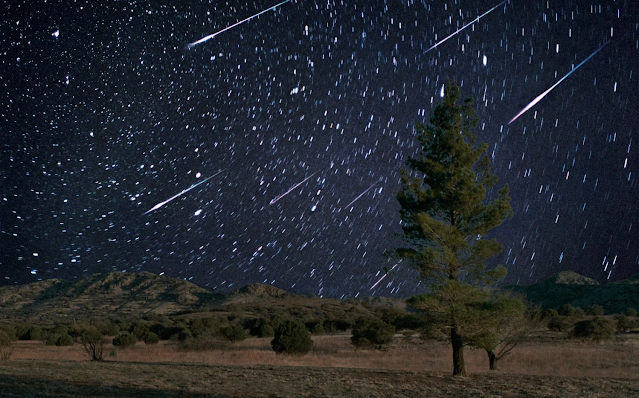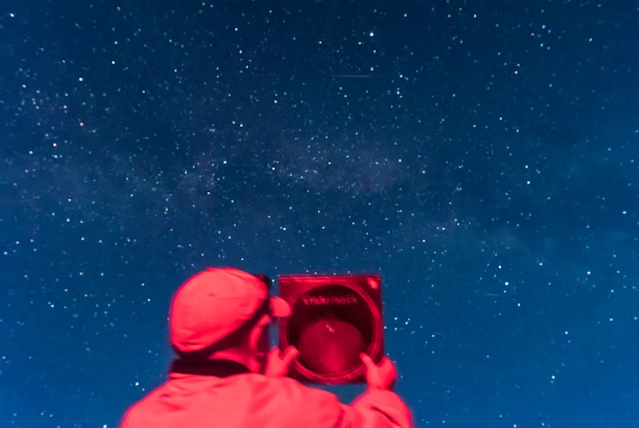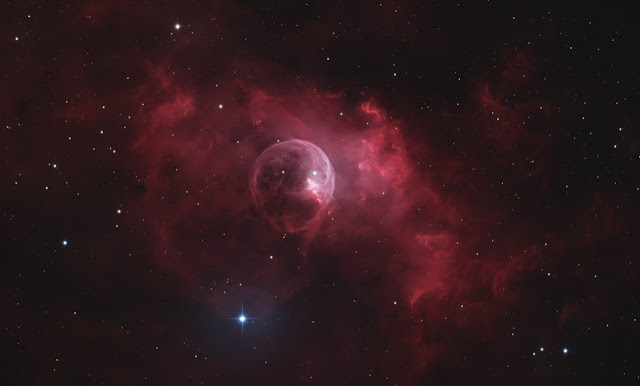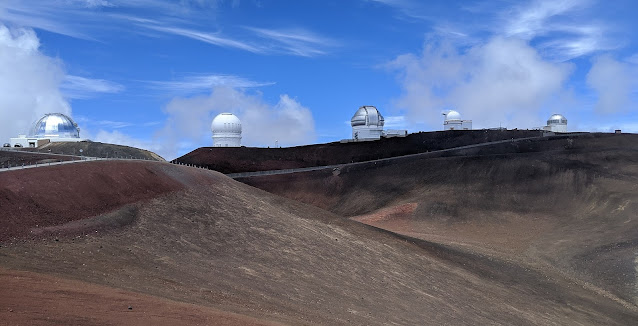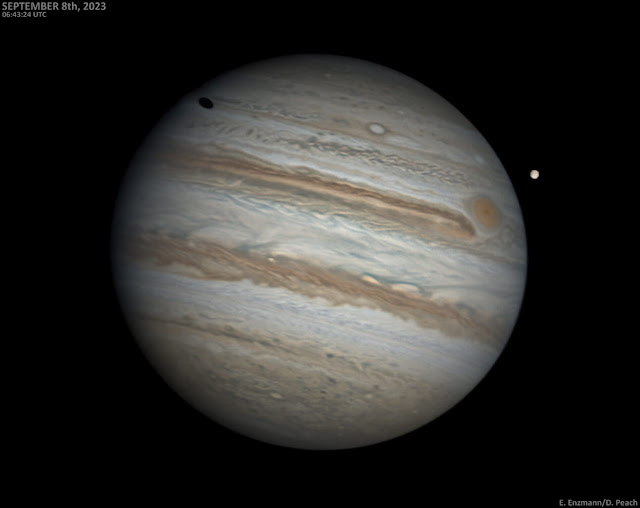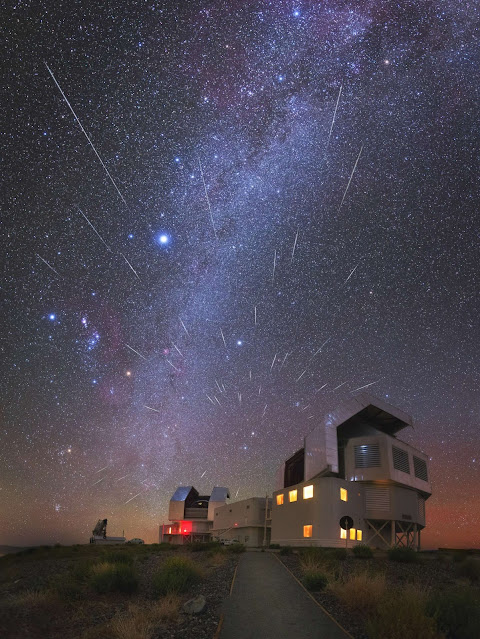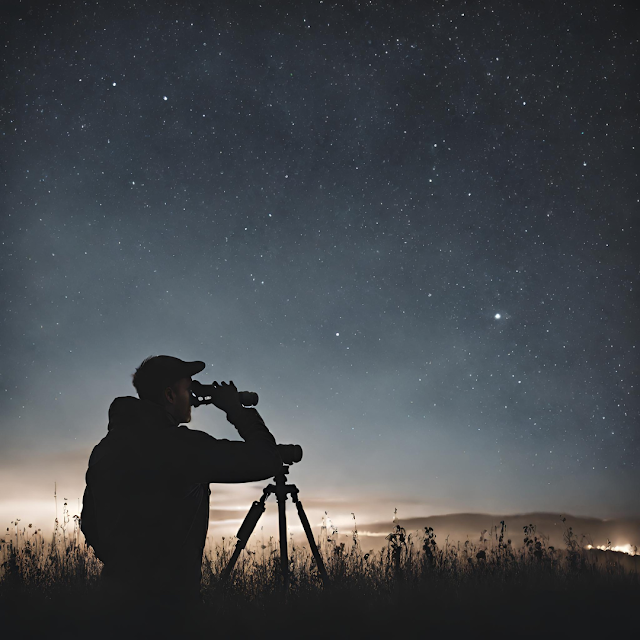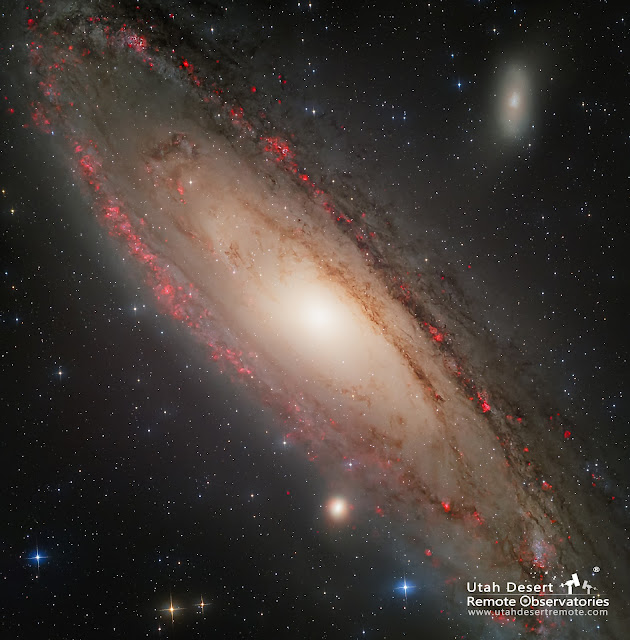Exploring the Celestial Wonders of Orion
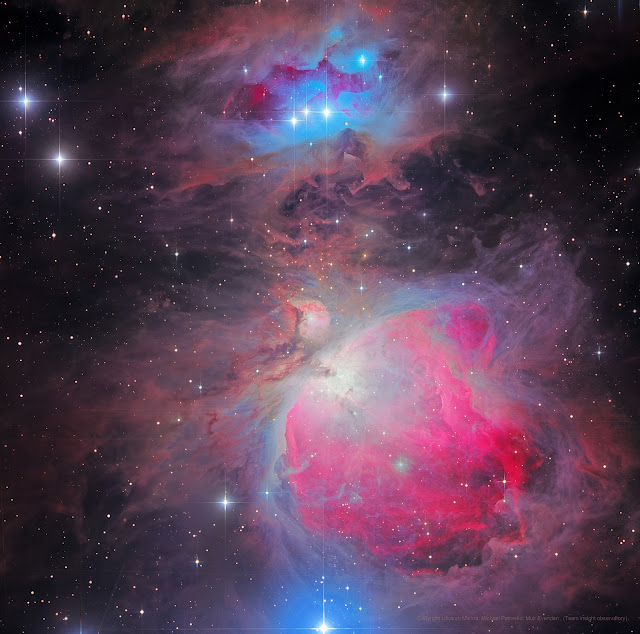
Messier 42 and Running Man Nebula processed by Utkarsh Mishra using 1 hour of image data captured on Insight Observatory's 16" f/3.75 Dream astrograph reflector (ATEO-1) telescope located in New Mexico, USA. The final image is a combination of separate images captured through luminance, red, green, and blue (LRGB) filters. The constellation Orion, with its distinctive shape resembling a hunter, is a treasure trove for astronomy enthusiasts seeking to explore the depths of the night sky. Within this iconic constellation lies a myriad of deep sky objects, including nebulae, star clusters, and even a supernova remnant. One of the most famous deep sky objects in Orion is the Orion Nebula (M42), a stellar nursery located in the "sword" of Orion. Visible to the naked eye, this nebula is a stellar cradle where new stars are born, making it a breathtaking sight through telescopes. Adjacent to the Orion Nebula is the Running Man Nebula, a complex of gas and dust that adds...

